For Eleanor Barbara Beatrice, with my love

This edition published in 2013 by Arcturus Publishing Limited
26/27 Bickels Yard, 151153 Bermondsey Street,
London SE1 3HA
Copyright 2013 Arcturus Publishing Limited
All rights reserved. No part of this publication may be reproduced, stored in a retrieval system, or transmitted, in any form or by any means, electronic, mechanical, photocopying, recording or otherwise, without written permission in accordance with the provisions of the Copyright Act 1956 (as amended). Any person or persons who do any unauthorised act in relation to this publication may be liable to criminal prosecution and civil claims for damages.
eISBN: 978-1-78212-670-6
AD002472EN
Contents
The Cycle of Fashion
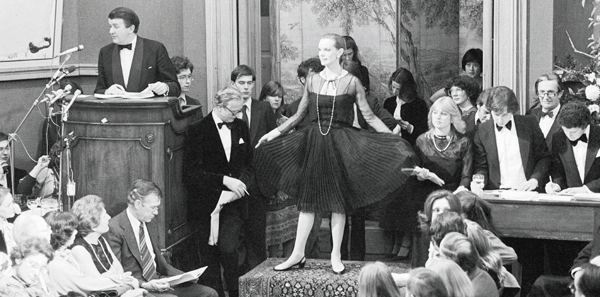
In 1978, Chanels Little Black Dress goes on sale at Christies auction rooms in London. The short-length evening dress of black pleated silk chiffon has bootlace straps and a fine gauze jacket.
T hroughout history, fashion has served as a marker of class and wealth. The rulers of Ancient Rome introduced sumptuary laws to ensure that the garments people wore reflected their social standing it was an easy way to tell who was worth speaking to! Meanwhile, clothes have always courted controversy. The Emperor Honorius issued a decree prohibiting men from wearing barbarian trousers in Rome, on pain of death. An extreme form of sartorial control, it presumably kept troublemakers at bay. With the mods and rockers of the 1960s, the police had only their powers of arrest to rely on!
WHY STYLES EVOLVED
This book looks at twentieth century vintage fashion from the Roaring Twenties to the Exuberant Eighties and examines how and why styles evolved. Fashions are often linked to a change in social mood. After the First World War, the bright young things wore rule-breaking outfits to match their rule-breaking behaviour. In 1947, after the Second World War, the New Look swished its skirts in reaction to stiff upper lips, ration books and frugal fashions. Similarly, the dont mess with me wide-shouldered suits and ostentatious jewellery of the Eighties contrasted with the let it all hang out free-flowing peasant frocks and attitude of the Seventies.
Although the twentieth century built up the walls of haute couture, it was also responsible for tearing them down. The democratizing effect of two world wars, the emancipation of women and the surge in mass production meant that the exclusive world of designer fashion began to lose its jealously guarded dominance. Since the Sixties, the cycle of fashion has been spinning ever faster clothes now become fashionable, then out-of-date and then retro at breakneck pace. Slavish followers of fashion find themselves spending a lot of money on clothes that quickly end up as landfill. To make matters worse, many of the fashions available on the high street are unoriginal and of dubious quality. Buying vintage is a good way to avoid the mediocrity of the chain stores. It means you can revel in owning a garment carefully made from quality fabric and, if you are lucky, by a name synonymous with style.
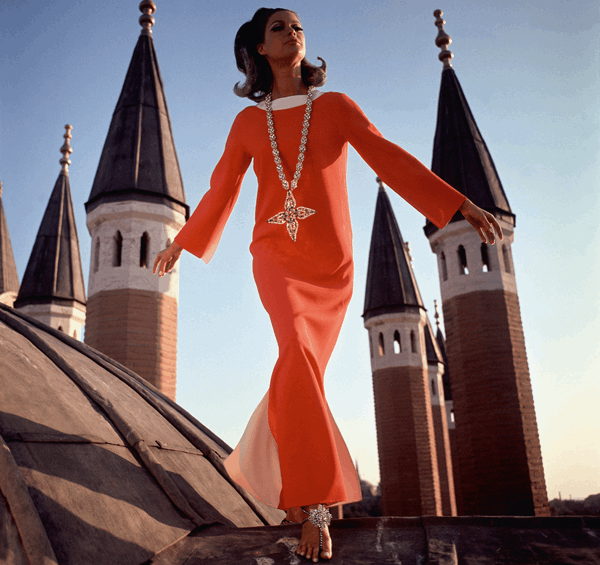
The Sixties shift dress: a Vogue model wears a red crepe full-length dress with white rolled neckline by Christian Dior.
NOT JUST A LOAD OF OLD FROCKS!
Those fashion designers whose work has lasted found a way to tap into the public consciousness to produce iconic pieces. In many ways they defined the contours of the twentieth-century female form. Coco Chanels Little Black Dress, quilted bags, twinsets and pearls, slacks and sportswear are all classics that have been collectable for decades. Other designers whose vintage items are sought-after today include Jeanne Lanvin, Madeleine Vionnet, Elsa Schiaparelli and Christian Dior, as well as the more affordable Ossie Clark, Vivienne Westwood, Jean Paul Gaultier, Barbara Hulanicki (Biba) and Christian Lacroix.
Wearing vintage fashion transports you back in time and provides a connection with people from the past. By wearing clothes or jewellery owned by a favourite female friend or relative you may feel closer to them in some way. Most vintage and retro clothing was made at a time when clothes were expected to last. You may be delighted to find that your Fifties frock or Sixties trouser suit is much better tailored and constructed than anything you could buy today.
Perhaps the recent rise in the popularity of vintage fashion is connected with our search for identity and meaning in this young and, as yet, unshaped twenty-first century. With the twentieth century now firmly behind us, we can assess and make sense of it with ease. We can also conveniently compartmentalize it into decades as, indeed, we have done for this book!
It would be misleading to claim that fashion can explain the complexities of history, but it can give us glimpses of peoples personalities, moods and tastes and their reactions to a changing world. What could be a more potent reminder of the people who inhabited the twentieth century than the opportunity to literally walk a mile in their shoes?
The Roaring Twenties

T he iconic Twenties image beloved of fancy-dress partygoers is that of the flapper, with fringed frock, pale stockings, ostrich-feathered headband and several strands of pearls to twirl while dancing the frenetic Charleston. In the years following the First World War, this idea of the fast life was applauded as societys expectations shifted to embrace a more optimistic era the Jazz Age. Streamlined cars, cocktails, new music, smoking the younger generation eagerly grasped whatever recreational activities came along after the horrors of the previous decade. Meanwhile, many British women had gained fulfilment from actively participating in the war effort, and those over the age of 30 had won the vote in 1918 (with all adult women to follow in 1928). These social advances meant that women were not about to return meekly to their previous place in society, let alone to the restrictive clothes of the Edwardian era.
Women literally and metaphorically stepped out of their corsets and the restrictions of the old order. An outfit in the Twenties typically weighed a tenth of an Edwardian ensemble. Severe boned corsets were replaced by light camisoles and drawers. Silk stockings, a luxury, were replaced by artificial silk, or rayon stockings that could be purchased by the majority rather than the few. Rayon stockings were available in natural, black or white.
At a time when most women players competed in outfits covering almost the entire body, tennis champion and style icon La Divine Suzanne Lenglen caused a sensation by appearing on court in a Jean Patou calf-length pleated shift and sleeveless sweater. Soon many women were baring their arms and foreheads. Hair was bobbed la Louise Brooks or shingled like Clara Bow, the It Girl who with Brooks came to epitomize the flapper in films. Some flappers cut their hair in a schoolboyish Eton crop. In millinery, the cloche hat vied with the bandeau to be the most fashionable form of headdress.

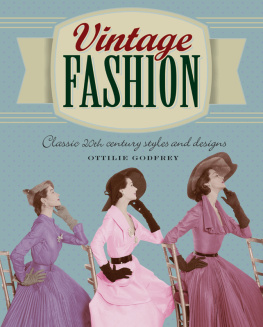

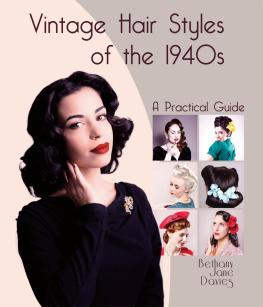
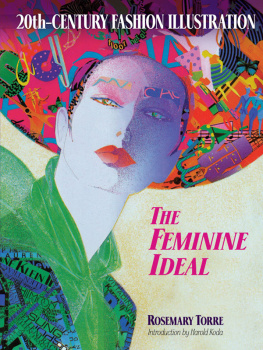
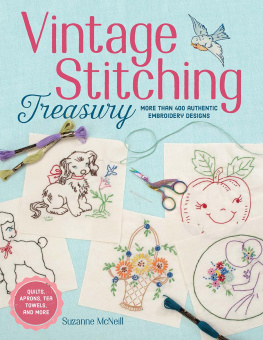

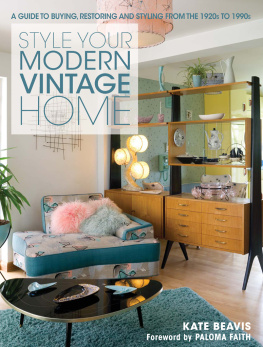
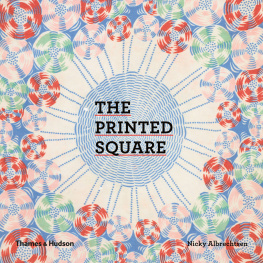




 In 1978, Chanels Little Black Dress goes on sale at Christies auction rooms in London. The short-length evening dress of black pleated silk chiffon has bootlace straps and a fine gauze jacket.
In 1978, Chanels Little Black Dress goes on sale at Christies auction rooms in London. The short-length evening dress of black pleated silk chiffon has bootlace straps and a fine gauze jacket.  The Sixties shift dress: a Vogue model wears a red crepe full-length dress with white rolled neckline by Christian Dior.
The Sixties shift dress: a Vogue model wears a red crepe full-length dress with white rolled neckline by Christian Dior. 